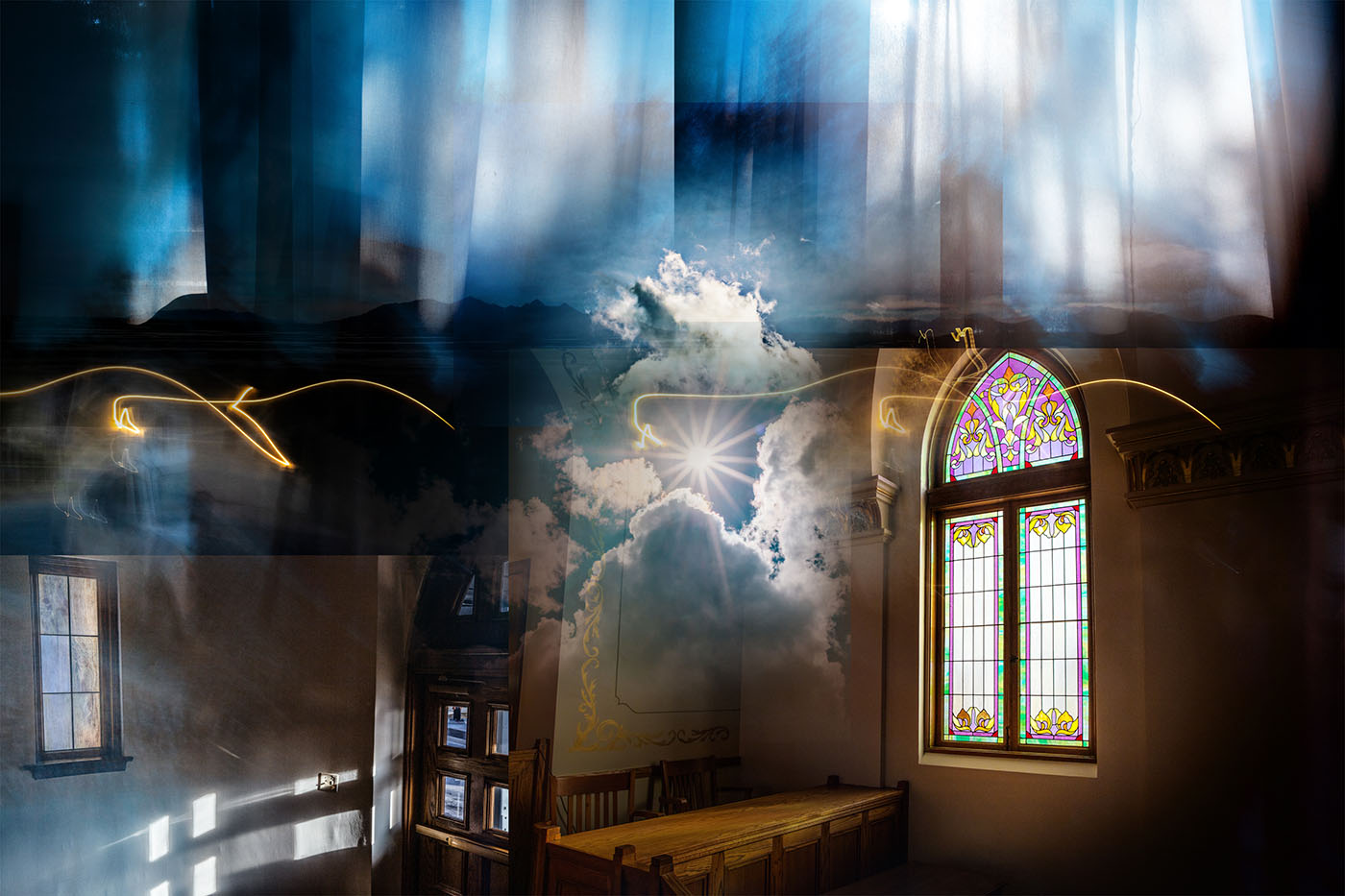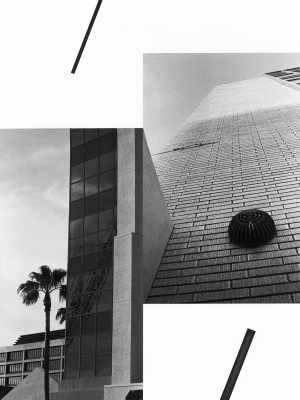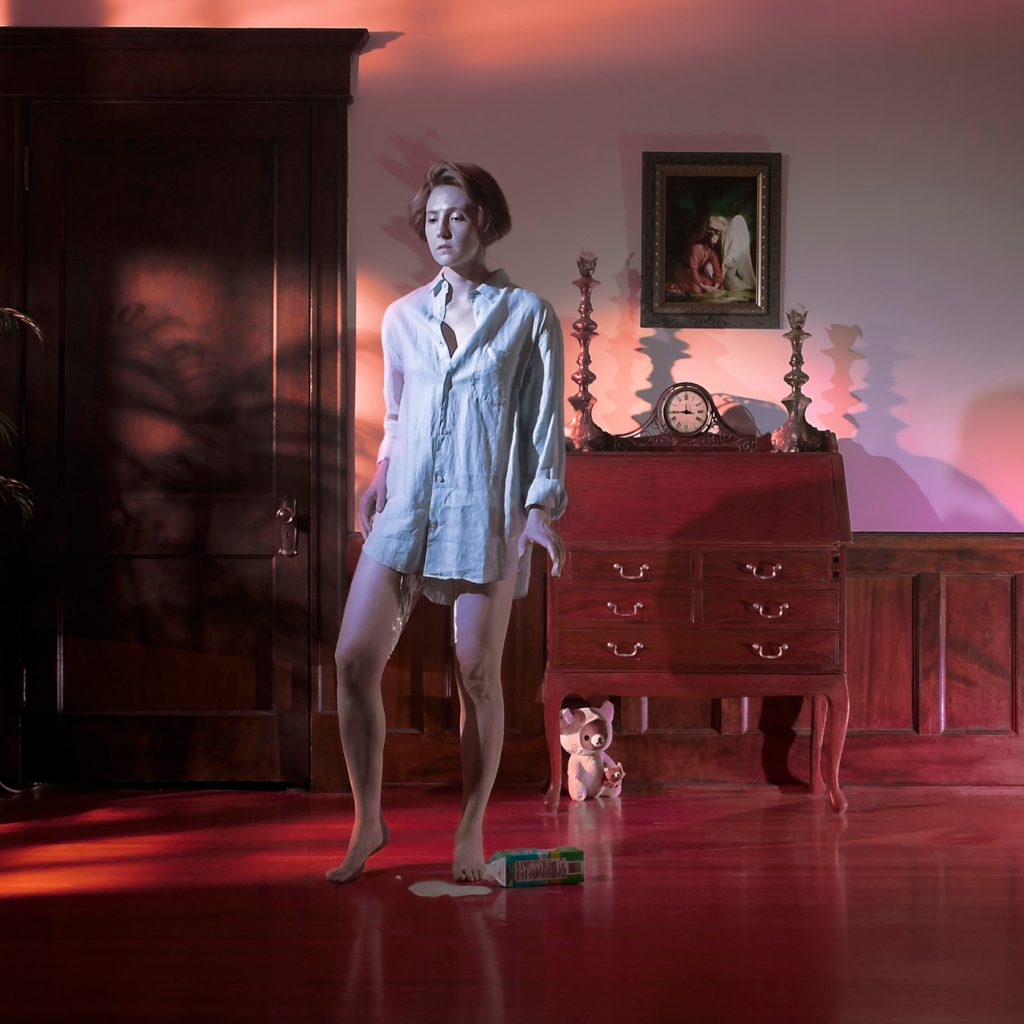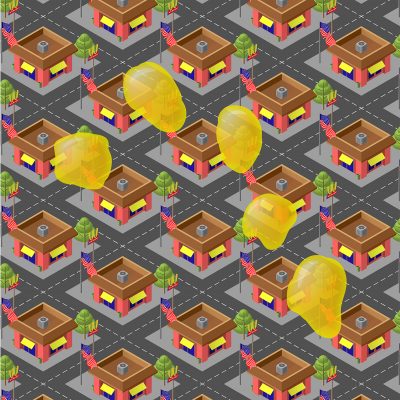
A Space in Time: Space Maker Reflects the Ties Between Place and Identity
Art

Whether interior or exterior, natural or built, real or imagined, space is not just a physical and social construct but also one of the major elements of art. Using a variety of mediums and themes, Space Maker, a special exhibition at the Utah Museum of Fine Arts (UMFA), features select works of contemporary art created by The University of Utah faculty artists and addresses how humans share space with each other and the environment. The exhibit is curated by Nancy Rivera, a Mexican-American visual artist, curator and the Visual Arts Coordinator for the Utah Division of Arts and Museums. “A common theme that emerges through the exhibition is an exploration of place and space,” explains Rivera in the accompanying press release.
“Whether interior or exterior, natural or built, real or imagined, space is not just a physical and social construct but also one of the major elements of art.”
Laurel Caryn’s “Audience” greets visitors in the gallery’s entrance. The fabric diorama appears older than it is, not just because of the monochromatic color scheme, but also because of how close the people in the audience appear to be standing to each other, challenging the idea of personal space. On the walls, Andrew Rice’s laser-engraved “5¢ theater” gives MC Escher a run for his money, temporarily transporting the viewer to a world of whimsical fantasy. While his figures are crowded even closer in a more confined space than Caryn’s, Adam Watkins’ three inkjet prints—“Spilled Milk,” “The Book of Lilith” and “Interludes”—feature characters alone in realistic spaces, but with a coloring that borders on surreal.
While some artists simply used the space element in a more muted manner in their work, others were overt. Kylie Millward’s “Domestic Remiss” also shows a woman in isolation, confined to a small space as she performs mundane chores in separate boxes, walled off from those around her, restricted to the small space of her home. The theme of separating space with walls continues in the series by Martin Novak, a multi-piece digital print series that includes “Walled Off” and “W-Drive-in,” showcasing bright geometric masterpieces that feature uniform trees and buildings walled off within city streets. Abstract, semi-transparent blobs float overhead, disrupting the order and bringing chaos to the space.
“While some artists simply used the space element in a more muted manner in their work, others were overt.”

While many artists chose to focus on the personal experience with space, other artists prioritized the individual’s space within the environment. Among these artists is Jaclyn Wright, who uses literal junk to showcase the dichotomy between individualism and the environment in her pre-recorded performance art. Rivera notes that not only were the works selected due to their aesthetic value, but also how they reflected changes in both time and space.
Haynes Goodsell’s social justice–inspired “Memory of Anthony Adams” represented spatial and temporal changes. A glass enclosure surrounds a melted candle inside a rainbow votive glass, the name “Tony Adams” written in block lettering. Adams was a gay, African-American student at the U of U when he was murdered in 1978. To this day, his murder remains unsolved.

The Space Maker exhibit concludes with a space of conflicting mediums. “Reflecting Hope” by Wendy Wischer uses wire, mirrored mylar and light to create a tree that seems to give off light of its own, despite no artificial lighting. Across from the tree, the words “All watched over the machines of love and grace” on Paul Stout’s retro-inspired ticker board loudly clatter as the letters oscillate between gibberish and random words, combining both order and chaos in a limited space. Near the exit sits Vanessa Romo’s “Fury,” a large, earthenware coiled snake with its mouth fully open, fangs ready to strike unsuspecting prey were it not imprisoned by glass.
These diverse works offer viewers a space to individually observe, connect and reflect while also forming a haphazard community of the unexpected, a time in history filled with uncertainty and chaos, but still beauty and art. Space Maker will be on display at the UMFA through Dec. 5, 2021. Currently, the museum is open Wed. 10 a.m.–8 p.m. and Thur.–Sat. 10 a.m.–5 p.m. Tickets may be reserved in advance at UMFA.utah.edu/visit.
